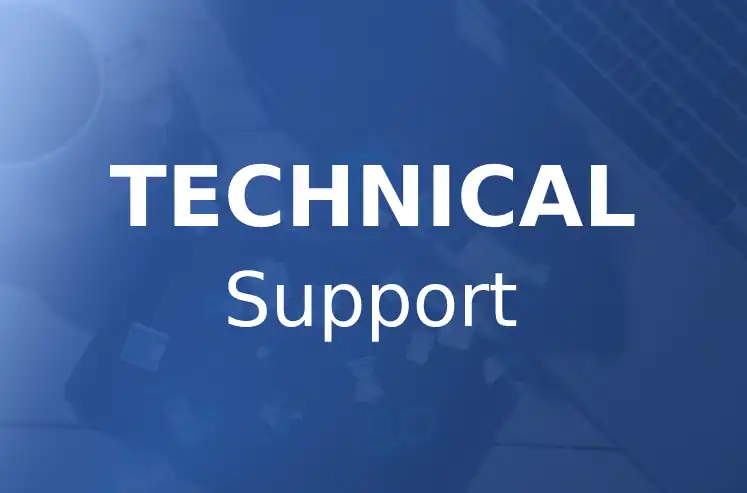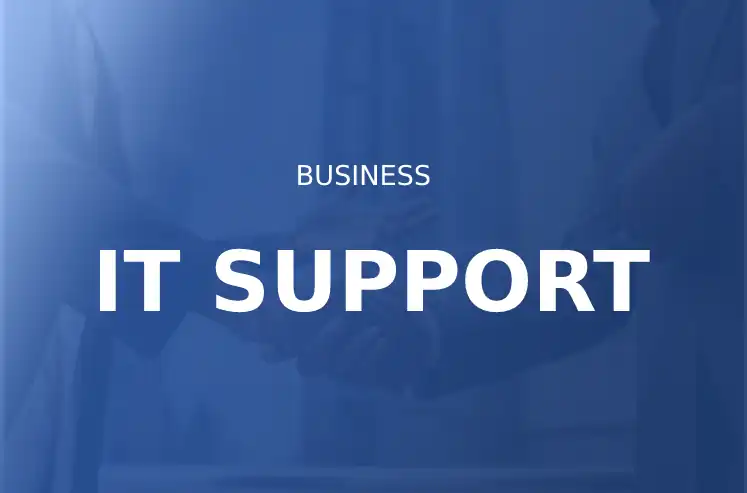When it comes to IT service integration, there are many challenges that companies face. Many organizations struggle to integrate their IT services because of the complexity involved with so many applications. There are a variety of issues that can arise when integrating your IT services, but they mostly come down to these 5 common problems companies face when integrating their IT services. In this blog post, we’ll go over the top 5 most common issues you might face when integrating your IT services, and how you can overcome them. Read on to learn more about how you can improve your integration processes and reduce your risk of encountering one of these issues again in the future.
Too many manual processes
First, let’s talk about too many manual processes in your processes. If manual processes are a part of your service integration strategy, it’s going to be much more difficult to scale and maintain. This can cause many issues down the road, like miscommunication and errors, which can lead to poor data quality. When manual processes are involved, it can become difficult to gather the metrics needed to make intelligent decisions about your business. If you’re not measuring your current state, it can be hard to pinpoint where you need to improve. Beyond metrics, manual processes can create a lot of room for human error. This can lead to inconsistencies in your business and cause issues when you’re trying to scale and grow. If you’re planning to integrate your IT services, it’s important to consider if any of your processes are manual. If so, you’ll want to look into ways to automate these processes wherever possible.
Lack of automation and control over your process
Another issue you might run into when integrating your IT services is a lack of automation and control over your processes. When you don’t have the ability to control your end-to-end process, it can be difficult to trace issues across multiple services. If a single piece of your service fails, it could lead to downstream impacts on other services. If you’re unable to trace the root cause of any issues, it can be difficult to fix the problem. Without any control over your end-to-end process, it can also be challenging to fix issues in a timely manner. This can lead to user frustration, as issues might take longer to resolve than they should. That’s why it’s important to have control and visibility across your service integration process.
Data quality issues
Another issue you might face when integrating your IT services is data quality issues. Poor data quality can cause inaccurate reporting and data that doesn’t make sense. This can lead to incorrect decisions and a major loss in productivity for your business. If your data isn’t of the highest quality, it can be difficult to track down issues, which makes it challenging to solve problems in a timely manner. Data quality issues can also be a sign of a bigger problem within your organization. If you’re experiencing poor data quality for one service, it’s likely that it’s a problem across all of your data. This can be the result of a variety of issues, including an unstandardized data schema or poor communication between your teams. If you’re experiencing data quality issues, it’s important to identify the root cause and work to solve it as soon as possible.
Service interoperability issues
Another issue you might face when integrating your IT services is service interoperability issues. If you’re leveraging multiple platforms and services across your organization, you’ll likely be using some form of data exchange. Whether you’re using APIs, webhooks, or some other type of data exchange, if you’re not careful, you might run into service interoperability issues. For example, service interoperability issues can occur when there is a change to one of the services you’re integrating with. Issues can also happen when multiple teams are trying to communicate with one another, but there isn’t a standardized way of doing so, When you experience service interoperability issues, it can be difficult to trace the root cause of the problem. This can prevent you from being able to fix the problem in a timely manner. It can also cause frustration for your users and other stakeholders who depend on the services you’re using. When integrating your IT services, you may be able to prevent service interoperability issues by creating a standard communication protocol between your teams. You can also track potential issues by keeping track of your service contracts.
Security concerns
Another issue you might face when integrating your IT services is security concerns. You’re integrating your IT services, it’s important to do so securely. It’s also important to ensure you’re leveraging the right level of security for your business. If you’re not sure what level of security to use when integrating your IT services, you can experience issues with security. This can be a result of not using the right level of security, or it can occur due to a lack of proper security controls within your organization. If you’re not sure where to start, it can be helpful to consider the following questions:
What are the most critical business functions? Which services are most critical to those functions? Which services are most critical for security? If you can identify the critical components of your business, you can start to identify where security concerns may arise. This can help you to prioritize your security strategy in a way that makes the most sense for your organization. If you’re experiencing security issues and you think it may be a result of a lack of security controls within your organization, it’s important to address it as soon as possible. You can do this by creating a security roadmap to help prioritize your security strategy.
Conflicting organizational goals
Lastly, you might encounter conflicting organizational goals when integrating your IT services. When teams are working together and integrating their services, they might have different goals and priorities. This can lead to conflicting organizational goals, which can cause issues with your service integration strategy. It’s important to make sure your teams have clear and consistent goals when they’re working together. This can help to eliminate conflicting organizational goals and keep your teams moving in the right direction. To do this, it can be helpful to create organizational goals or charter for all of your teams. This charter should outline the goals for each team and provide a clear description of what success will look like for them. You can also consider creating organization-wide goals, which can outline specific goals for your organization and provide clarity for each team. When teams are working together and have consistent goals, they’re more likely to work together and be successful with their integration.
Wrapping Up
Now that we’ve gone over the top 5 most common issues you might face when integrating your IT services, let’s talk about how you can overcome them. First, it’s important to recognize that not all of these issues are avoidable. However, you can mitigate their impact by taking the necessary steps to prepare for them. To do this, you’ll want to start by assessing the integration between your services to determine potential issues. Then, you can start to develop a strategy for how to address each potential issue. If you’re properly preparing and planning for potential issues, you can reduce the impact of these issues and make your integration as successful as possible!






